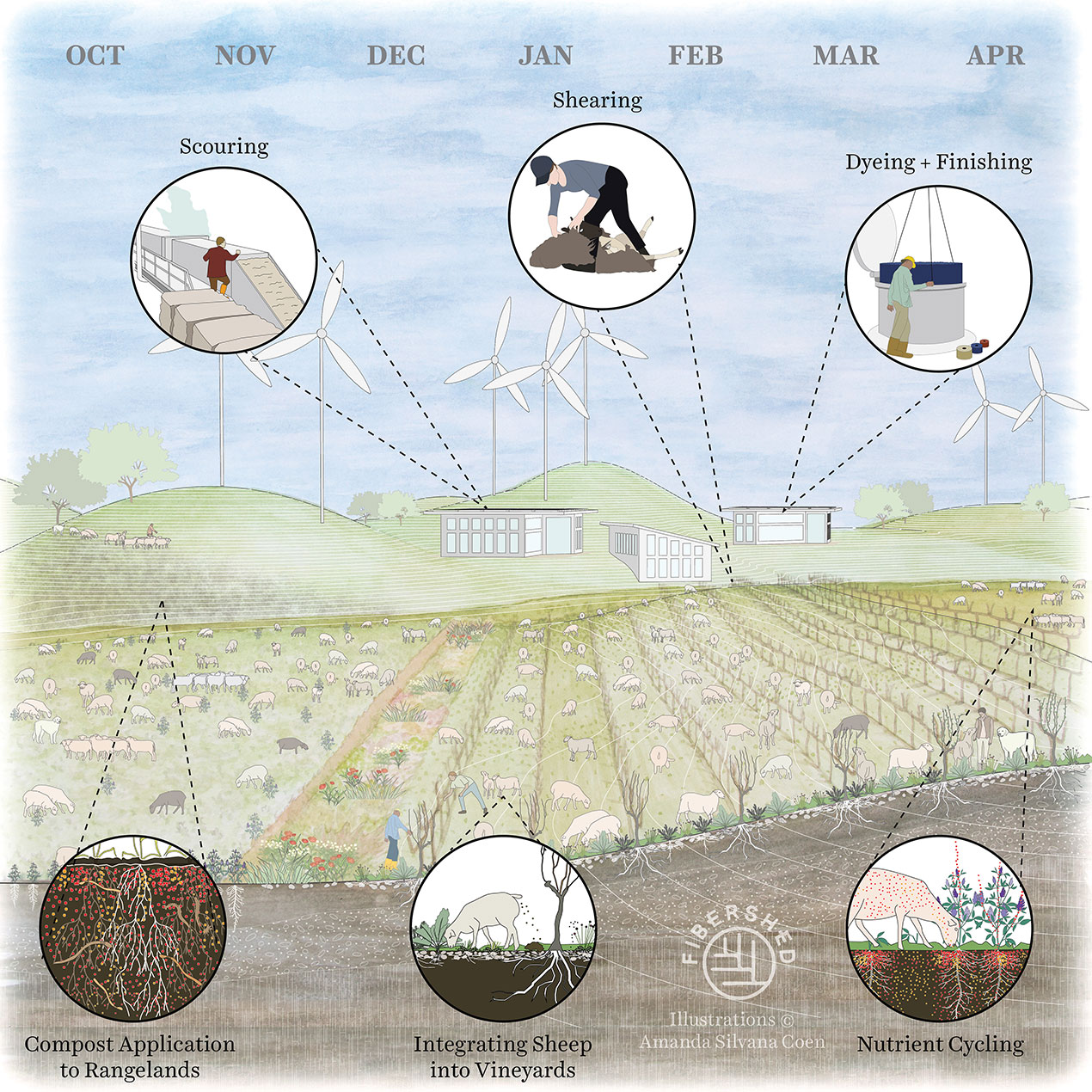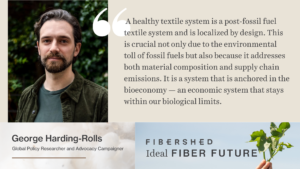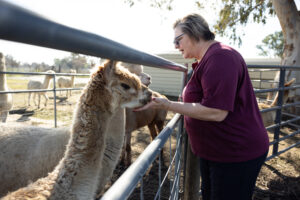Fiber Visions: Wool
What does it look like when wool production contributes to resilient landscapes and communities? Wool is a natural “performance fiber” produced in abundance in the Northern California Fibershed. Grazing sheep can restore soil health while processing wool from raw fiber to finished product can revitalize regional manufacturing.
The following images represent an annual cycle currently practiced by contract grazers in Northern California. The graphics are informed by interviews with experts including Jaime and Robert Irwin from Kaos Sheep Outfit, agroecologist Kelsey Brewer, and soil scientist Jessica Chiartas. The wool for the textile samples was grown by Kaos Sheep Outfit, washed, carded, and spun by Mendocino Wool and Fiber Inc., and woven and dyed by Sandy Fisher Woven.
Wet Season
Ewes first graze in a perennial alfalfa field and give birth to lambs. Together, they then move to vineyards, where they are sheared and graze the alleys. When the grape leaves open, the lambs go to pasture and the ewes go to graze fire-prone landscapes.
 |
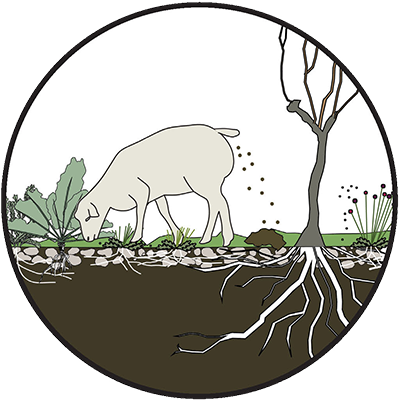 |
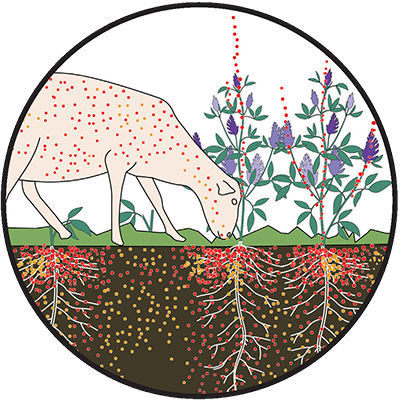 |
| Compost Application to Rangelands A layer of compost provides readily-available nutrients and inoculates the soil with beneficial microbes. |
Integrating Sheep into Vineyards Integrating sheep and cover crops into vineyards and other cropping systems can cost-effectively increase carbon sequestration, nutrient storage, and biological activity in the soil as well as reduce needs for synthetic inputs. |
Nutrient Cycling Nutrients from the atmosphere like carbon and nitrogen enter the plants and then cycle through the biosphere, ultimately forming the fibers we wear and the food we eat. |
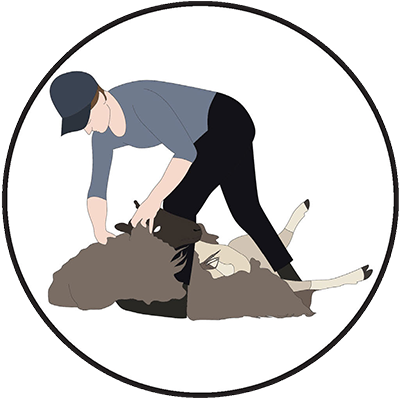 |
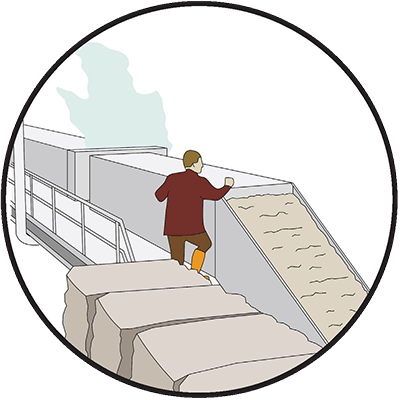 |
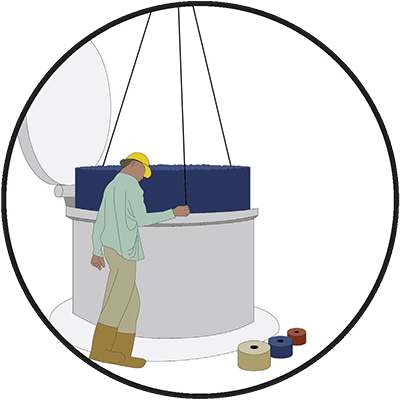 |
| Shearing Seasonal shearing—which is critical to the health of the sheep—is part of the reciprocal relationship that has developed between sheep and those who tend them. |
Scouring About half of the weight of the raw wool is made up of lanolin, vegetable matter, and soil that is washed away during the scouring process. Once removed, lanolin is used for cosmetics and other applications and the rest can be used as an agricultural amendment. |
Dyeing & Finishing Loose fibers, yarns, fabrics, and garments are dyed using natural materials. Wastewater is treated and applied to the fields. |
Dry Season
As the grasses die back and dry, the ewes graze across the landscape to reduce fire fuel load. The ewes breed in May and the lambs are harvested by the middle of the season. When the rains come again, the ewes return to pasture for lambing.
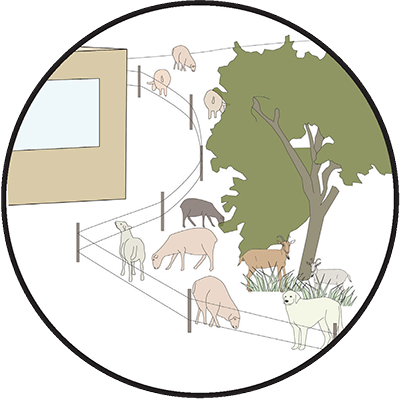 |
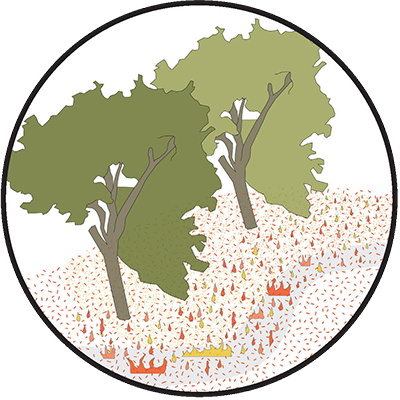 |
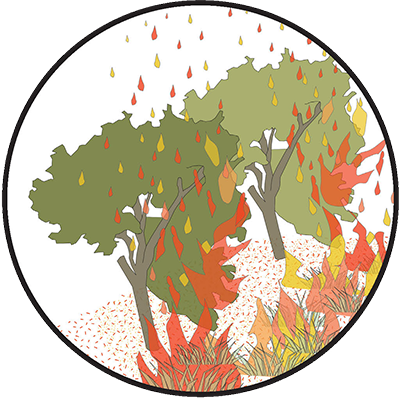 |
| Residential Fire Fuel Load Reduction Managed grazing maintains soil health and defensible space. Electric fencing contains the livestock, and guardian dogs deter predators, protecting them as well as the livestock from harm. |
Managed Fire Grazing can lower the risk of destructive fire and cost-effectively protect plants, soil, and the carbon and nutrients stored within them. |
Wildfire Without grazing, tall dry plants can spread fire into the trees, creating hot uncontrolled wildfires and emitting large amounts of carbon and other nutrients into the atmosphere. |
 |
 |
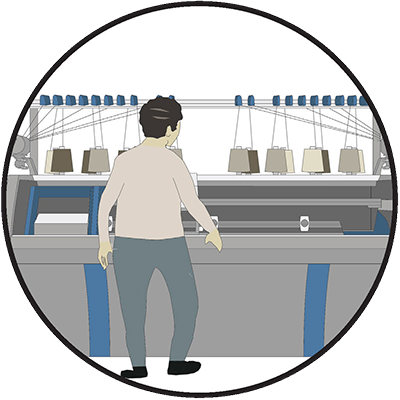 |
| Nutrient Cycling in the Rumen While the rest of the ecosystem is dry and dormant, the sheep’s rumens house highly active microbes that digest plant materials quickly and cycle nutrients. |
Spinning Workers card, draft, and spin scoured wool into fine yarn. |
Knitting & Weaving Workers knit or weave yarn into fabric in mills powered by renewable energy. |
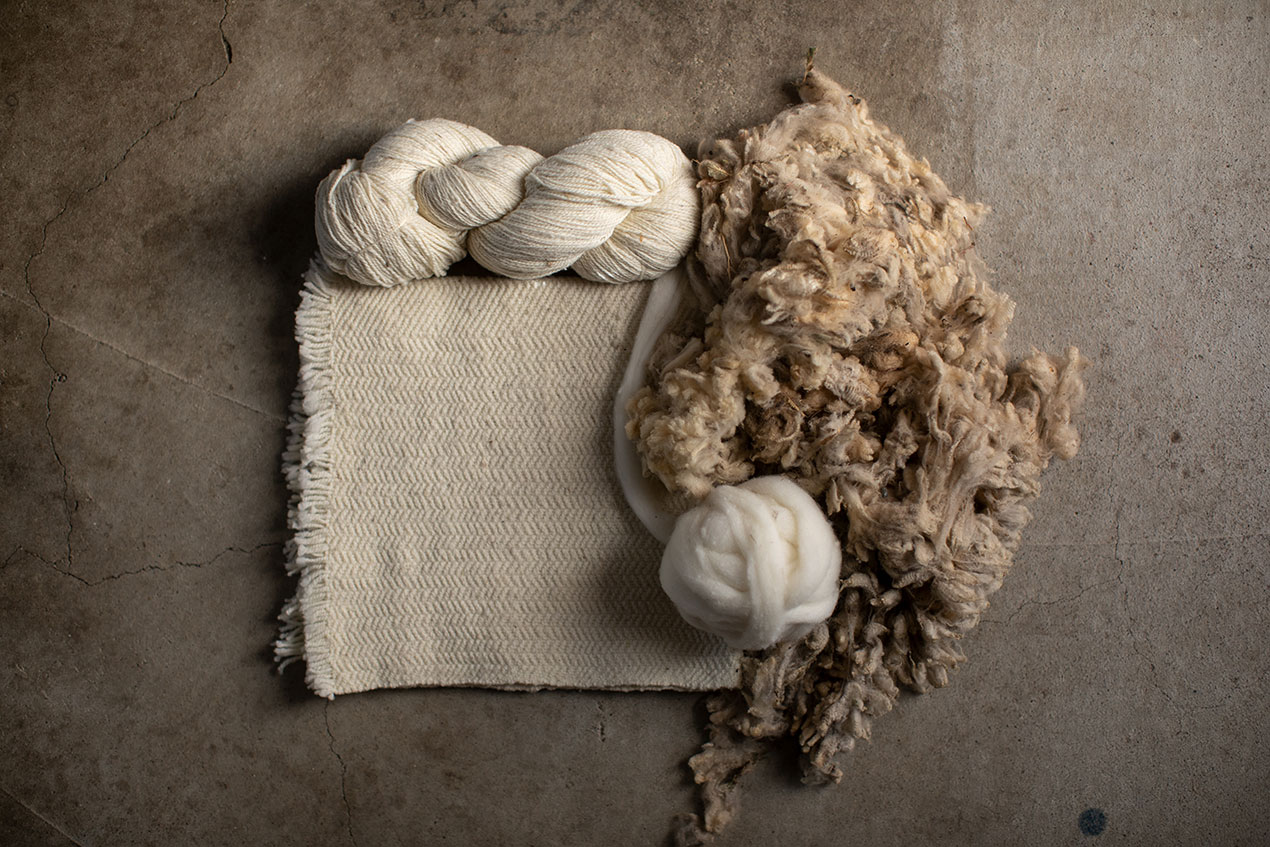
Photos by Paige Green, illustrations by Amanda Coen

